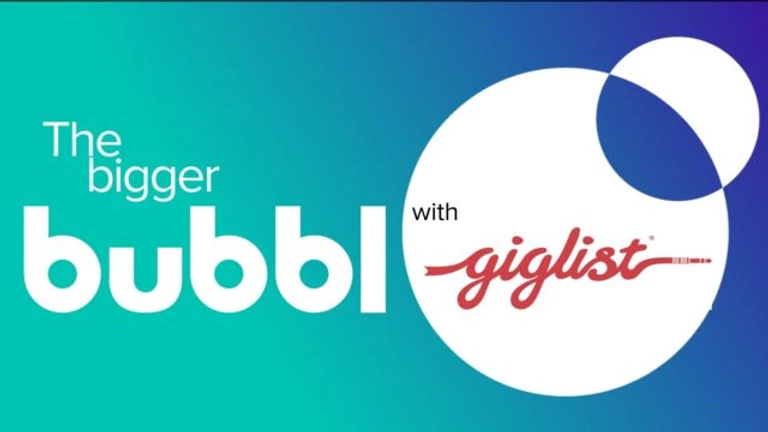Building a loyal customer base is one of the biggest challenges for start-ups today, and as a female founder, I’m often asked what it takes to grow one. Generally speaking, I’ve found that women in business consider the customer engagement side of the business to be genuinely critical, because it’s something they understand as being integral to this very task.
The SME sector is underserved when it comes to authentic marketing opportunities. For years, start-ups have gone down the path of trying to somehow find those loyal customers through paid advertising in social media, at the inevitable expense of user experience. Even Instagram is introducing ads on a user’s home page – meaning all those beautifully curated photo collections will now be interspersed with unwelcome messages.
None of this is endearing brands to customers, and as a result these social outlets are becoming limited and restrictive as a means of building a loyal customer base. There is targeting, and there is targeting gone wrong, and these methods show what can happen when you take personalisation one step too far.
Widening engagement opportunities for SMEs
There’s a much better way of doing things. Engagement should be about using the digital tools we have at our disposal to create a conversation that listens and responds to customers’ needs. And the principles of PR and marketing from years gone by, which focused on building loyalty based on transparency, are the same qualities female founders are looking to bring to their brands today.
A lot of businesses are formed because of a specific need or desire that is close to the founder’s own heart – something they believe has the potential to make our lives better. So surely that should also apply to the brand’s methods for reaching and engaging with the customers they want?
Getting creative with content
PR and marketing tools that work in the mobile space are those that leave the consumer in control of their preferences. The brand’s role then is to serve content that\’s relevant and helpful, rather than disrupting the user experience.
I recently used an app to find the right bus to get on. And with three different routes using the stop, the last thing I wanted was an advert popping up and blocking the screen. Lo and behold, as three different buses approached at once, I found myself frantically prodding at the screen, desperately trying to get rid of an ad with a tiny cross in the corner that just wouldn\’t go away.
That is not the way to build a relationship with your customers. I won’t use that bus app again, because I hastily got on the wrong bus and it added about an hour and a half onto my journey time.
Research shows that users try out apps and delete the ones that fail to engage within the first three to seven days, so marketing teams need to think creatively about the content they\’re sharing with customers.
If you’re a restaurant, your audience will be far more interested in seeing the latest mouth-watering dish your chefs have just prepared, complete with a short how-to video, rather than a conventional ad for your establishment. Likewise, if you have a health and wellbeing app, then provide health and wellbeing advice that adds value, rather than just advertising your services.
Using in-app tech to offer out-of-app experiences
The problem is, despite their creative endeavours, many SMEs are not only limited in the ways that they can serve the content, but also in the places where users can receive it. Apps are forced to collect personal data in an attempt to create a custom experience, but only 28% of them have deployed any personalisation capability.
And that’s why, as a female founder, I built up a team around me who were passionate about delivering more relevant experiences based on time and location. At Bubbl, we’re trying to break down that barrier so brands can proactively deliver content in the best place and at the right time.
Once a user enters a specific location, for instance, the brand can serve an offer just as the user at their most receptive, even if they don’t have that app open – just as Burger King did when it used geofencing technology to offer app customers a discount at the very moment they entered a McDonalds store.
Reaching customers at the right place and time isn’t a new concept, but doing so in a way that is part of a more organic conversation – rather than serving a creepy ad as your customer walks past your own store – will be the challenge for SMEs. There is still a lot to learn about this sort of technology and how it can be used. But the fact that there are now inexpensive tools that solve this challenge marks a momentous shift in the way small businesses and app owners can really nurture their relationship with their communities while bringing value.
The mobile phone is becoming akin to a second brain. Consumers store everything on their devices, from calendars and shopping lists, to finance and entertainment, and all things in between. So when a customer downloads an app, they are letting that brand into their private world, in the hope that it will make some worthwhile contribution. Brands should recognise just what a privilege that is, and accept the challenge of rewarding and enhancing that loyalty over time.
[/et_pb_text][/et_pb_column][/et_pb_row][/et_pb_section]




